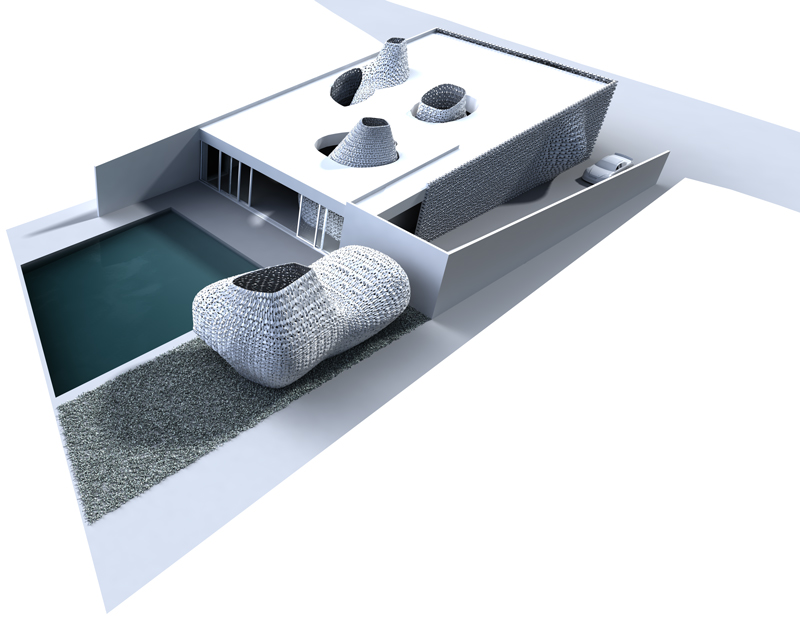
3D Printed House 1.0
3D Printed House 1.0 (3D打印的房子 1.0) is a case study in 3D printing major components of a 3D printed house for the Jin Hai Lake Resort Beijing. The house demonstrates an integration between traditional construction methods and 3D printed manufacturing. Whereas most visions for a 3D printed house demand a very large 3D printer, The 3D Printed House 1.0 considers the use of a 3D printer farm that employs a battery of 3D printers to print building components, 3D printed bricks and tiles, using renewable and innovative materials, such as salt and a unique cement polymer. It also highlights as objects the rooms that contain the public and private spaces within the house.
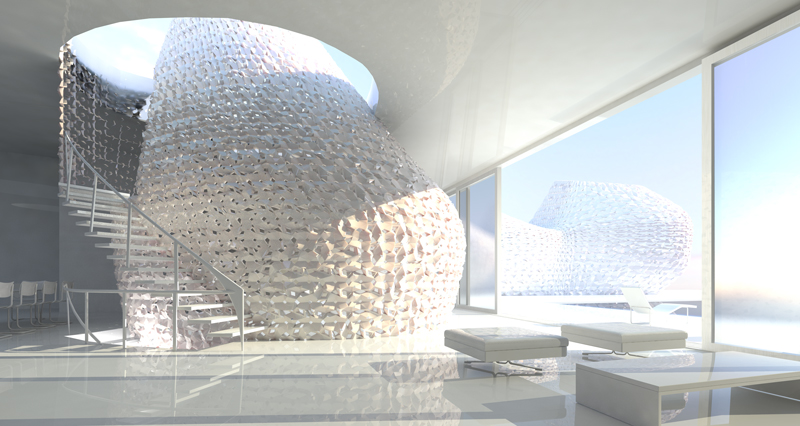
Inside, the private spaces of the house—the bedrooms, bathrooms and family dining room are housed in translucent 3D printed double hieght and two story tall vessels constructed of 3D printable salt polymer based on The Saltygloo.
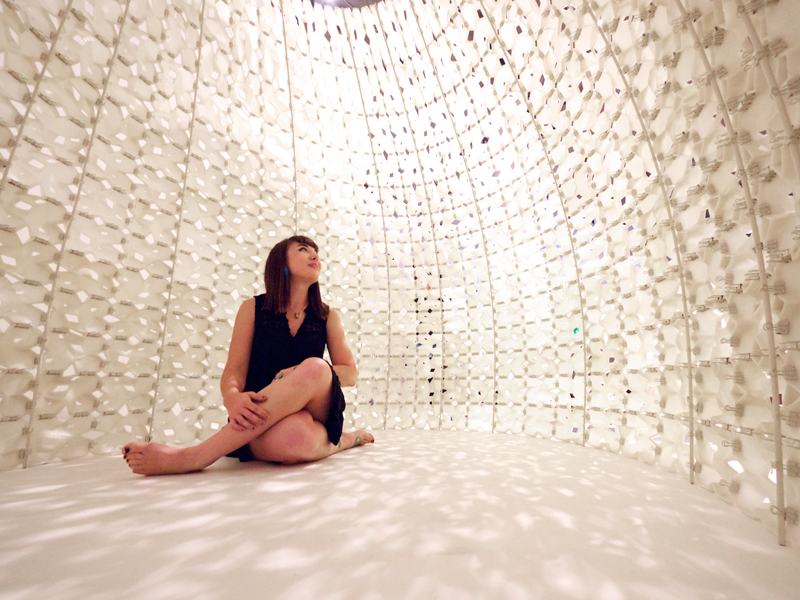
The interior of the salt volumes capture light from skylights above, creating a series of glowing translucent rooms within the concrete box.
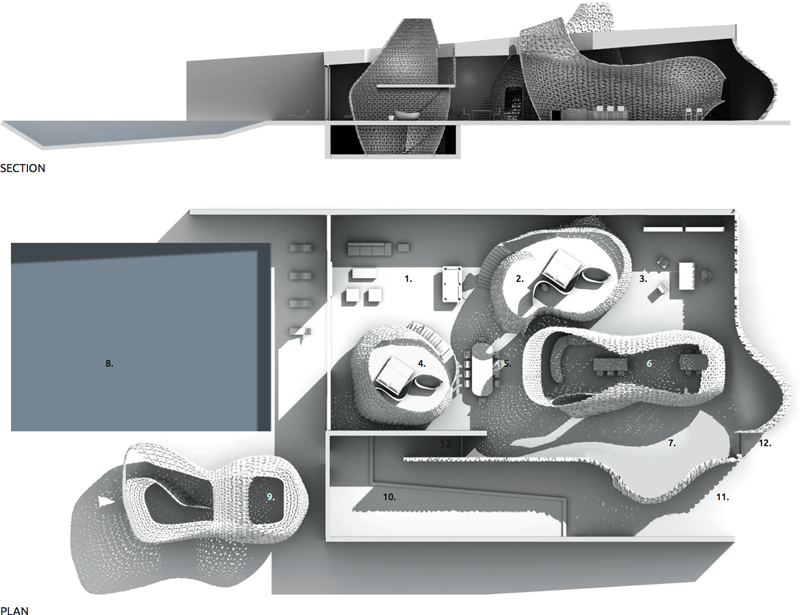
The vessels serve as objects that define spaces within the larger volume, as well as contain intimate spaces within.
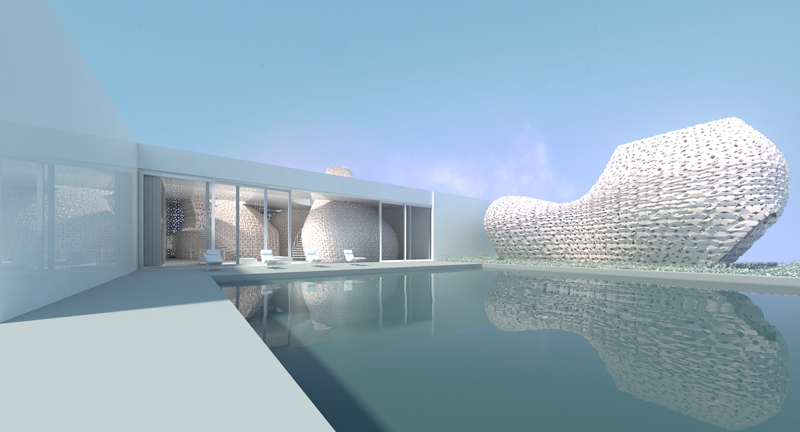
Outside, adjacent to the pool, is a free standing 3D printed pool cabana, also in salt polymer, to heighten the tension between the water and the spaces of salt.
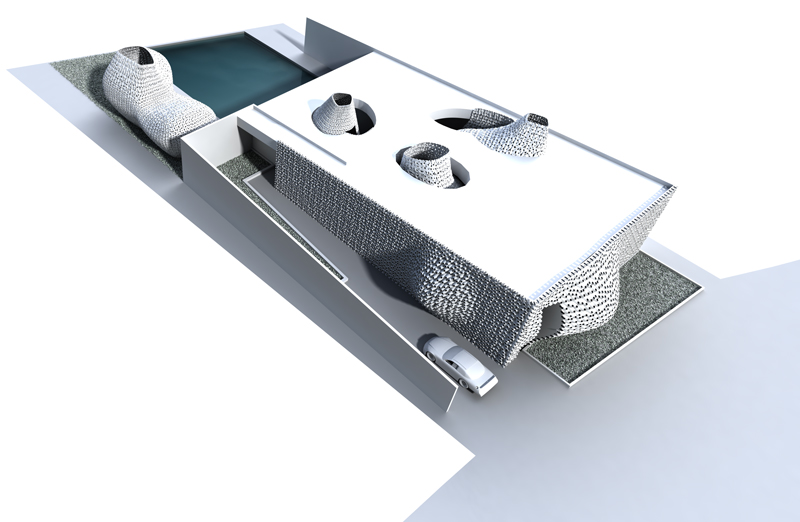
The exterior cladding of 3D Printed House 1.0 will be constructed 3D printed using a special 3D printed fiber reinforced cement polymer, developed by Emerging Objects utilizing our Picoroco Block. The variegated pattern allows for views and light to pass through in some areas of the wall, but not in others. The quality of light and shadow constantly changes across the surface with the passing of the day. Major structural components of the house will be comprised of cast in place concrete, plastered white.
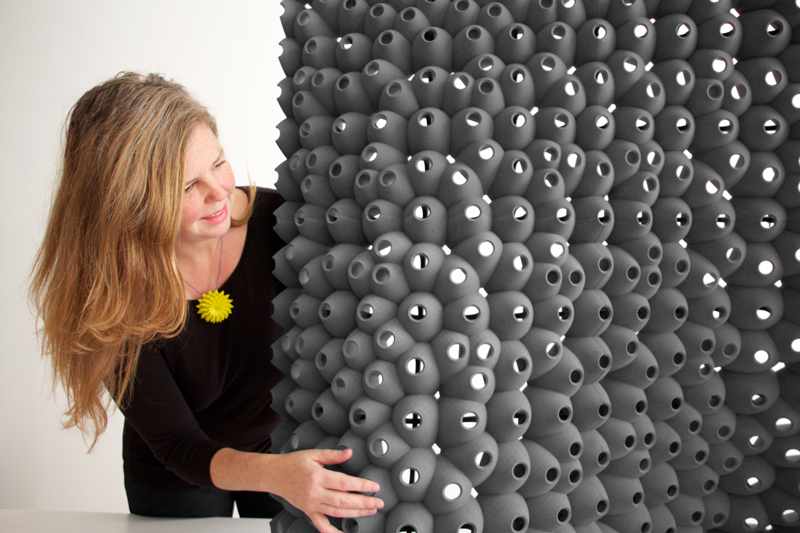
The interior of the 3D printed facade wall reveals the bumpy surface’s underlying geometry—a series of interconnected pentagons, hexagons and quadrilateral shapes whose terminus is a circle.
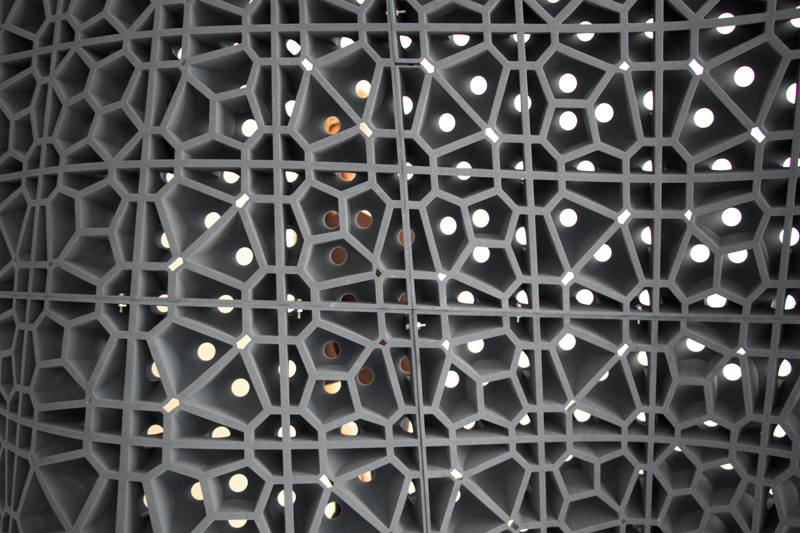
Translucency, porosity and openness are all tested in the different material conditions and inform the optics, lighting, views and thresholds between adjacent spaces.

Prototypes of the 3D printed salt rooms were constructed at full scale to demonstrate the potential of 3D printed architecture.
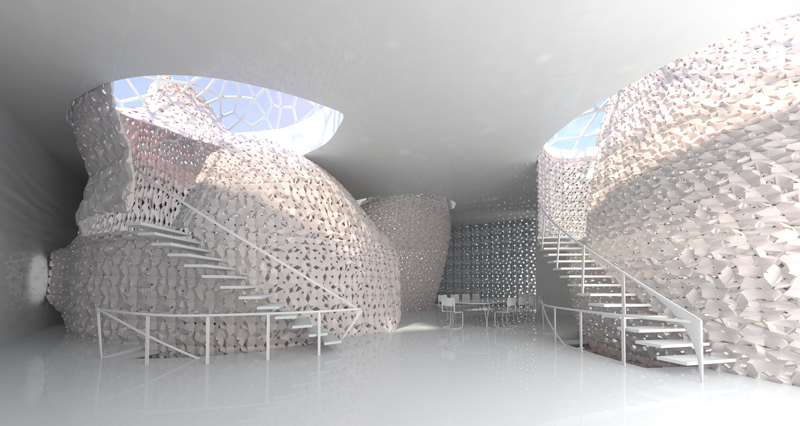
Project Date: 2013
Project Location: Beijing, China
Client: Jinhai Lake Development
Design Team: Ronald Rael, Virginia San Fratello, Eleftheria Stavridi, Seong Koo Lee.